So, you are new to golf and have no clue what ball to play.
Or, you have been playing golf for quite some time and really aren’t pleased with the performance of your golf ball and began wondering if it’s time to switch things up.
Keep reading and by the end you will know exactly what type of ball to start playing.
Key Takeaways
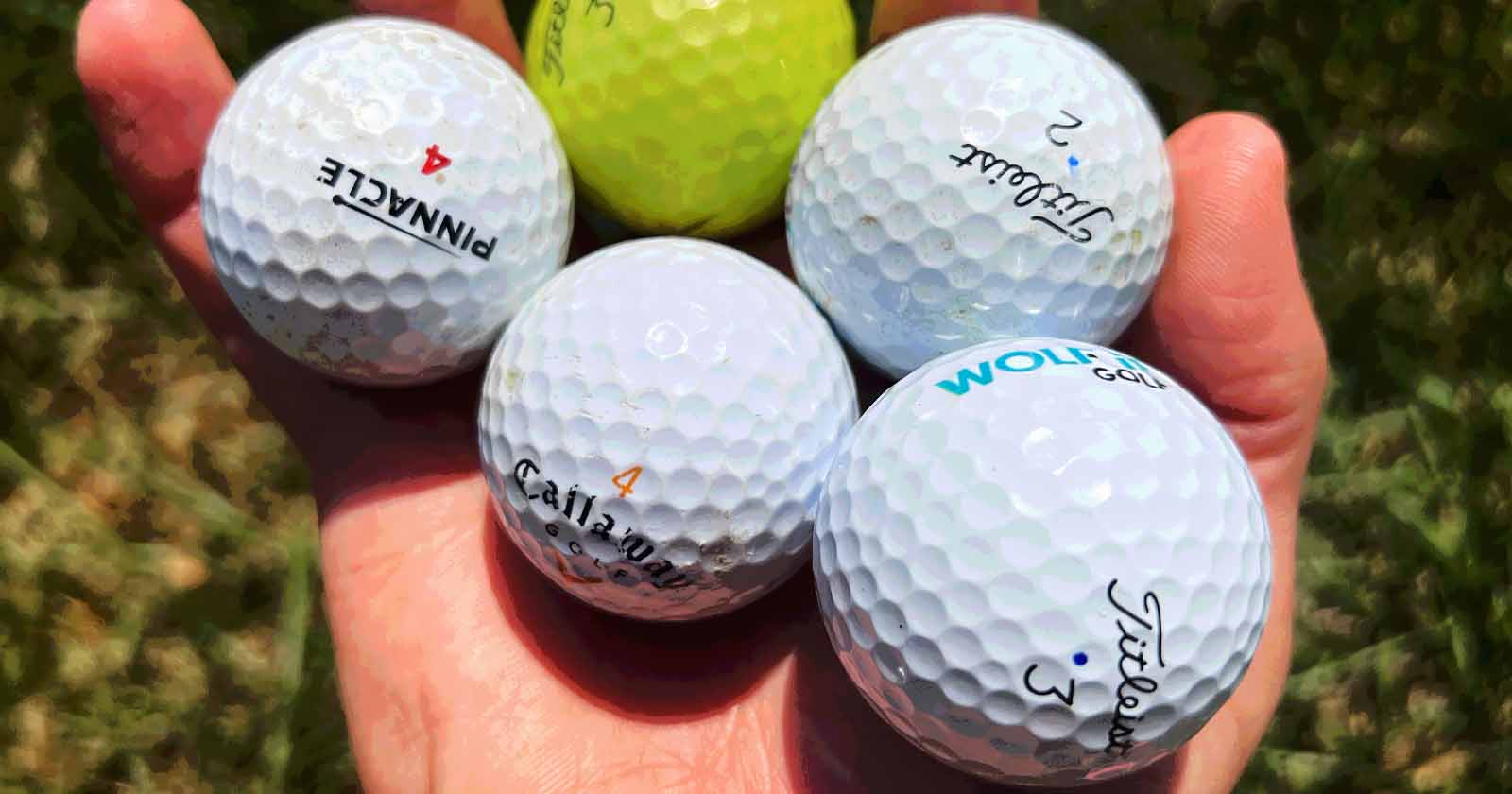
How much do golf balls make a difference?
Golf balls with a softer core tend to compress more easily upon impact, creating more energy transfer and, therefore, more distance. Harder golf balls usually produce less distance due to decreased energy transfer. Moreover, the dimple pattern on a golf ball also affects its aerodynamics, influencing the ball’s flight path and overall distance.
In our quest to improve our golf game, we often wonder how much of a difference golf balls can make.
Golf balls are designed with various characteristics affecting distance, cost, and performance. This section aims to help you understand the significance of golf ball choice on the course.
The cost of golf balls varies greatly, depending on their construction and target audience. Premium golf balls are typically more expensive, made with higher-quality materials that enhance performance.
They usually feature multilayer construction, urethane covers, and advanced dimple patterns to optimize distance, spin, and control.
Budget-friendly options have simpler designs with fewer layers and less expensive materials, which can still provide decent performance for casual golfers.
Golf balls’ performance characteristics encompass distance, spin, control, and feel. Each ball is designed to cater to different skill levels and player preferences.
For instance, low-handicap golfers may prefer golf balls with high spin rates for better control on approach shots and around the greens.
In contrast, high-handicap players may benefit more from golf balls that promote distance and minimize the effects of mis-hits.
Golf ball compression explained
In the world of golf, ball compression plays a significant role in determining the performance of a golf ball. We can define compression as the degree to which a golf ball deforms under impact.
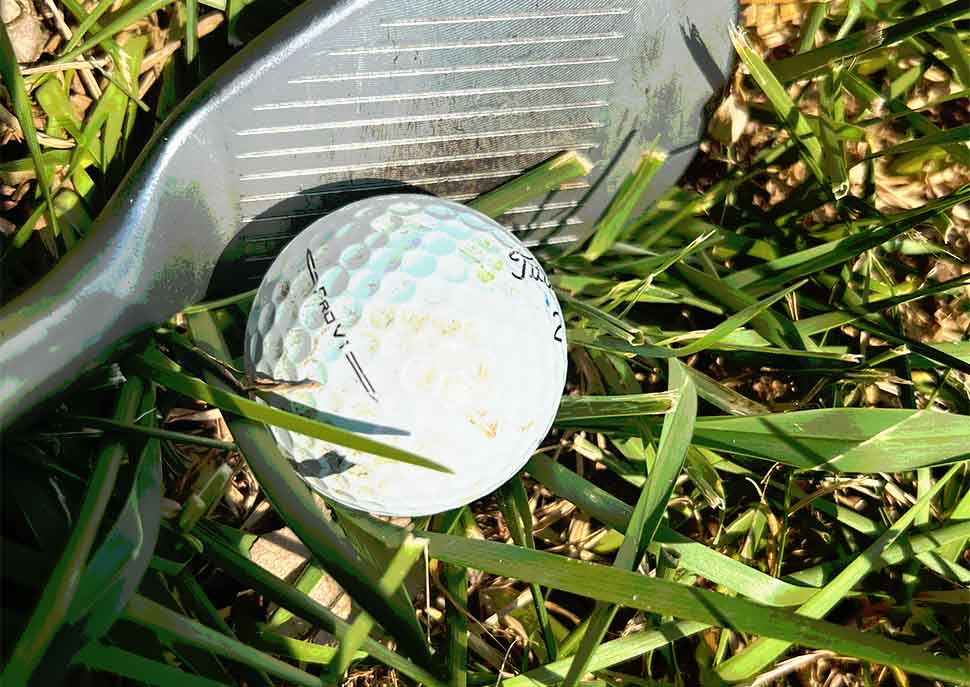
In simpler terms, it is the measure of how soft or hard the ball feels when struck.
The core material and compression rating of a golf ball are closely related. The core is the innermost layer of the ball, and its material can have a direct impact on the ball’s overall compression.
The kings of golf equipment testing (My Golf Spy) have a great rundown on golf ball compression. You can check that out here.
Common core materials include rubber compounds and synthetic materials. The compression rating, on the other hand, is a numerical representation of a golf ball’s degree of compression, typically ranging from 40 to 100.
Low compression golf balls have a softer feel and cater to golfers with slower swing speeds.
Low compression golf balls
A low compression rating, such as 40 to 60, means the ball will compress more under impact, which helps generate more distance for golfers with less force in their swings.
It is important to note that low compression golf balls may not be optimal for players with a powerful swing, as the high energy transfer might cause the ball to over-compress and lose control.
High compression golf balls
High compression golf balls have a firmer feel and are well-suited for golfers with faster swing speeds. These balls, with a compression rating of 80 to 100, require a stronger force to achieve optimal compression.
High compression balls, when struck with a powerful swing, can produce a more consistent and controlled flight trajectory, providing more precision to your shots.
Golf ball spin rates chart
Golf ball spin rates play a crucial role in determining the overall performance of a shot.
Spin rates usually vary depending on the shot type and the golf ball itself. In this section, we will provide a simple chart showcasing the different types of spin alongside their general characteristics.
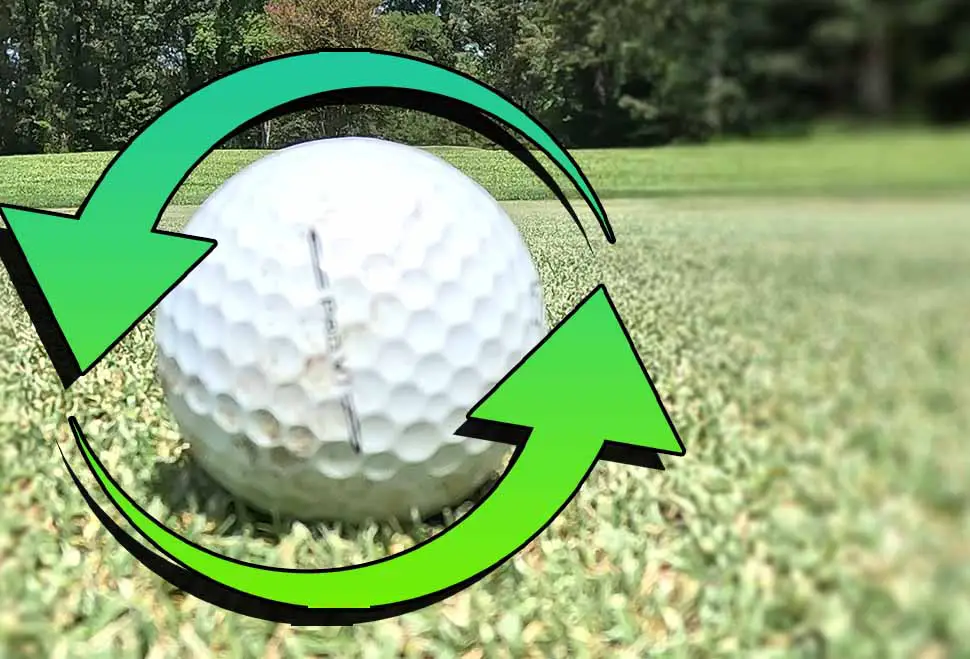
Low Spin:
- Ideal for golfers with a higher swing speeds
- Offers more distance on drives
- Reduces side spin, increasing accuracy
- Driver spin range: 2,000-3,000 RPM
- Wedge spin range: 5,000-6,000 RPM
Mid Spin:
- Suitable for most golfers
- Good compromise between distance and control
- Maintains a decent amount of spin control
- Driver spin range: 3,000-3,500 RPM
- Wedge spin range: 7,000-9,000 RPM
High Spin:
- Designed for golfers with slower swing speeds
- Greater spin control for around the greens
- Can add extra side spin, affecting accuracy
- Driver spin range: 3,500+ RPM
- Wedge spin range: 10,000+ RPM
The spin rate can significantly affect the end result, especially when taking into account factors like distance, control, and wind resistance.
By understanding how spin rates work, we can help improve our game and tailor our equipment choices by accomplishing specific performance objectives, like pounding drives, better control around the greens, and overall more accurate shots.
Do golf balls make a difference In distance?
I have been beating golf balls for decades and it’s safe to say I know their impact on distance.
While many factors contribute to a golfer’s performance, such as swing and technique, the golf ball plays a significant role in the distance covered.
Regarding ball speed, a golf ball’s construction and materials affect its initial velocity when struck. Golf balls with a softer cover and lower compression tend to generate faster ball speeds, resulting in longer drives.
On the other hand, firmer golf balls with higher compression may produce lower ball speeds and, consequently, less distance.
When it comes to distance off the tee, golfers with varying skill levels may benefit from different types of golf balls.
My Golf Spy released their 2023 golf ball test and there is some great info on best golf balls for low/med/high swing speeds. I highly suggest you check it out.
For instance, high-handicap players aiming to improve their distance off the tee could opt for golf balls specifically designed to maximize distance. These balls usually feature lower spin rates, which lead to straighter and longer shots by reducing the likelihood of a slice or hook.
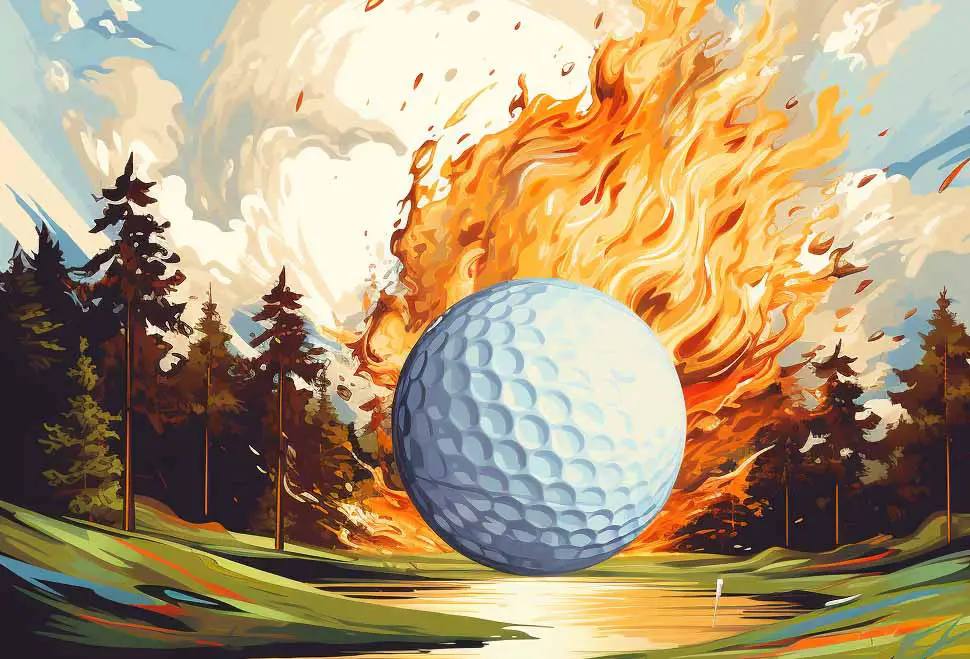
For distance performance, advancements in golf ball technology have led to better aerodynamics and overall distance. Today’s golf balls now have dimple patterns designed to optimize lift and minimize drag, enabling them to travel further than previous generations of balls.
Additionally, golf balls now possess greater energy transfer capabilities, which results in longer drives.
Do expensive golf balls make a difference?
When it comes to purchasing golf balls, many of us wonder if expensive golf balls make a difference in our game.
The simple answer is: it depends.
Golfers need to consider various factors, such as skill level, playing style, and budget, before choosing the right golf ball.

Expensive golf balls (or premium golf balls) typically have a higher price point because they offer several advantages over their less expensive counterparts.
One of the main benefits of a premium golf ball is the improved feel. High-quality materials and advanced technology provide better control and spin, allowing experienced golfers to have a more precise short game.
Another advantage of expensive golf balls is their overall durability and longevity.
Often constructed with a premium urethane cover, these higher-end balls are more resistant to scratches and scuffs, meaning they can maintain their optimal performance for a longer period. This can potentially offset the increased cost, as fewer balls need to be replaced over time.
However, if you are new to golf and feel pretty confident you are going to be donating a lot of balls to the woods then don’t worry about buying Titleist Pro V1’s and instead opt for something like Top Flites or something.
Of course, it’s important to remember that not all expensive golf balls will necessarily make a noticeable difference for every golfer.
For example, beginners and higher-handicap golfers may not be able to take full advantage of the benefits offered by a premium golf ball.
Investing in expensive balls is a personal decision that should be based on your preferences, skill level, and the specific performance attributes you are looking for in a golf ball.
Do golf balls make a difference for beginners?
Beginner golfers may often wonder whether the type of golf ball used actually makes a difference to his/her game.
More specifically, do golf balls make a significant impact for beginners and players with a lower skill level?
The answer to this question is, YES, they do.
To elaborate, the construction, design, and materials of golf balls can influence the outcome of the game for beginners in several ways. From my experience, I recommend beginners consider investing in affordable, low compression golf balls.
Low compression golf balls are designed with a softer core, making them more forgiving and easier to control. This usually translates into a straighter trajectory for golfers with a slower swing speed, such as beginners.
While it is true that cheap golf balls may not offer the same level of performance as premium balls that are specifically designed for advanced players, they are still a suitable choice for beginners.
At the initial stage of learning how to play golf, it’s more important to focus on improving our swing mechanics and developing a pre-shot routine rather than on maximizing distance or control offered by a high-end golf ball.
Do golf balls matter for high handicappers?
For high-er handicappers, it is important to understand the role that golf balls play in performance on the course.
Many might believe that using a cheap golf ball will not impact their game significantly, but there are certain factors to consider when choosing the right ball.
Construction and Characteristics
Firstly, let’s focus on the construction of golf balls and how it affects high handicap players.
There are several types of golf balls available, categorized based on their construction and characteristics, such as:
- Two-piece golf balls: These golf balls are known for their durability and responsiveness. They feature a hard outer cover and a solid core, making them suitable for high handicappers who tend to hit the ball with more force.
- Multilayer golf balls: These balls have multiple layers and are designed for players with varying skill levels. High-handicap players might find these balls easier to control and more forgiving on mishits.
Performance Factors
Another aspect we need to analyze is how golf balls can affect various performance factors, including distance, accuracy, and control.
Some high handicap players might struggle with their swing, leading to limited flight distance or unpredictable trajectories. In such scenarios, choosing a golf ball specifically designed for distance and forgiveness can be advantageous.
These balls often feature a soft cover and low compression core that can help high handicappers generate more distance and a straighter flight path.
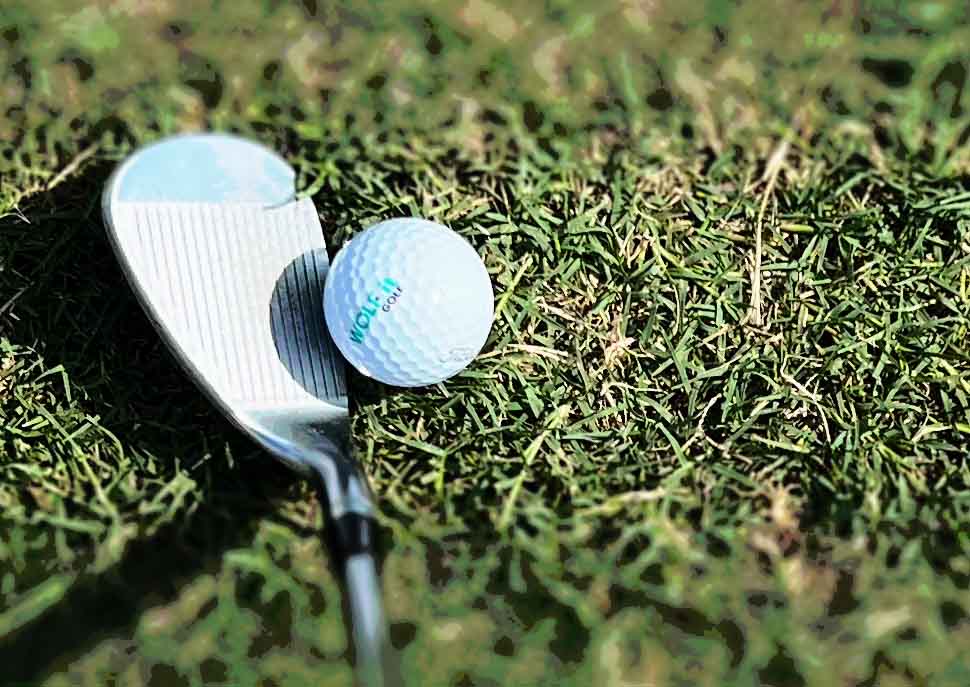
Budget and Personal Preference
Finally, it’s essential to consider our budget and personal preferences when selecting a golf ball.
While it’s true that not all cheap golf balls are created equal, there are some affordable options available that cater to the needs of high handicappers. For high handicap golfers, the primary goal should be to find a suitable golf ball that can help improve their skill set.
Therefore, it’s essential to experiment with different balls within budget to discover the perfect one for his/her individual game.
Do golf balls make a difference for average golfers?
For average golfers, many may often wonder if the type of golf ball they use has a significant impact on performance.
For professional golfers, it is well-known that their choice of ball can significantly influence their game. A prime example being the popular Titleist Pro V1 and Pro V1x, designed for optimum control, distance, and consistency.
But does this apply to average golfers, too?
Much of the time, average golfers struggle with consistency in their swing and overall game. Therefore, while having a high-quality golf ball may result in some performance benefits, the most important factor for improvement lies more consistent swing mechanics.
To that end, focusing on how long it takes to get good at golf should be the top priority.
That being said, using a well-designed golf ball, such as the Titleist Pro V1, can still provide us with advantages. For instance, a ball with a softer feel may help some golfers achieve better control and touch around the greens.
On the flip side, a firmer ball could potentially offer greater distance off the tee for those who can consistently make solid contact.
At the end of the day, the type of golf ball that will make the most significant difference for average golfers depends on an individual’s unique strengths, weaknesses, and preferences.
Longest golf ball for slow swing speeds
Swing speed is a critical factor in achieving maximum distance; thus, it is essential for players with slower swing speeds to choose the right golf ball.
Low compression golf balls are an excellent option for those with slow swing speeds.
These balls allow golfers to compress the ball more easily, which leads to increased energy transfer from the club head to the ball. As a result, golfers can achieve greater distance without sacrificing control.
The low spin rate is another factor to consider for golfers with slow swing speeds.
A high spin rate can cause the ball to rise quickly, leading to a decrease in distance. Low spin golf balls reduce the lift and drag effect, allowing for a flatter and longer flight path. This can help maximize the distance achieved, even with slower club head speeds.
When evaluating golf ball options, it is essential to consider the following characteristics:
- Compression: Look for a lower compression rating, typically between 40 and 60, which indicates the ball is designed for slower swing speeds.
- Spin rate: Opt for low-spin golf balls that help minimize air resistance and maintain a more consistent trajectory.
- Cover material: Choose softer cover materials, such as urethane, that can enhance the feel and control without compromising distance.
What golf ball should I use?
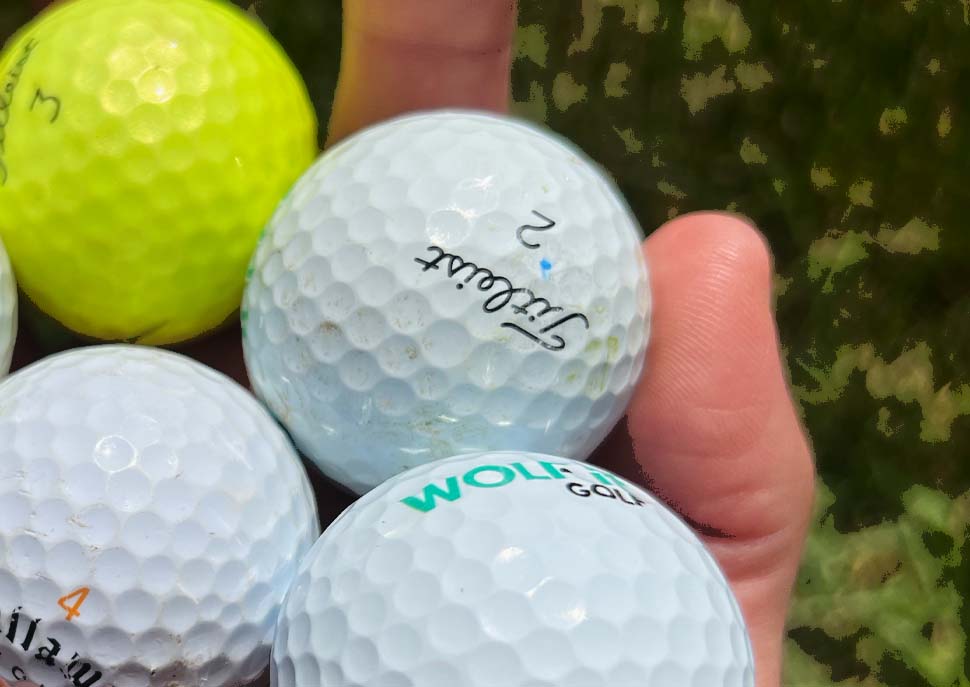
When it comes to choosing the right golf ball, there are several factors that we should consider.
The most important factor is how you spin it.
What does that even mean?
Well, if your chipping absolutely sucks and you struggle keeping the ball on the green than you need to be playing a softer golf ball to maximize your chances of spinning your shots.
But what about off the tee and hitting irons?
Both great points to bring up…
If you are the type that really goes after the ball with a high swing speed; you need to be playing a lower spinning golf ball.
On the flip side, if you have a lower swing speed, you need to play a higher spinning ball to maximize the distance of your shots.
Conclusion
So, off we go.
Be sure to experiment with several types of golf balls, and find the best one for your game. Don’t just play one ball for one round. Go ahead and play 2-3 rounds with one ball before moving on to the next.

